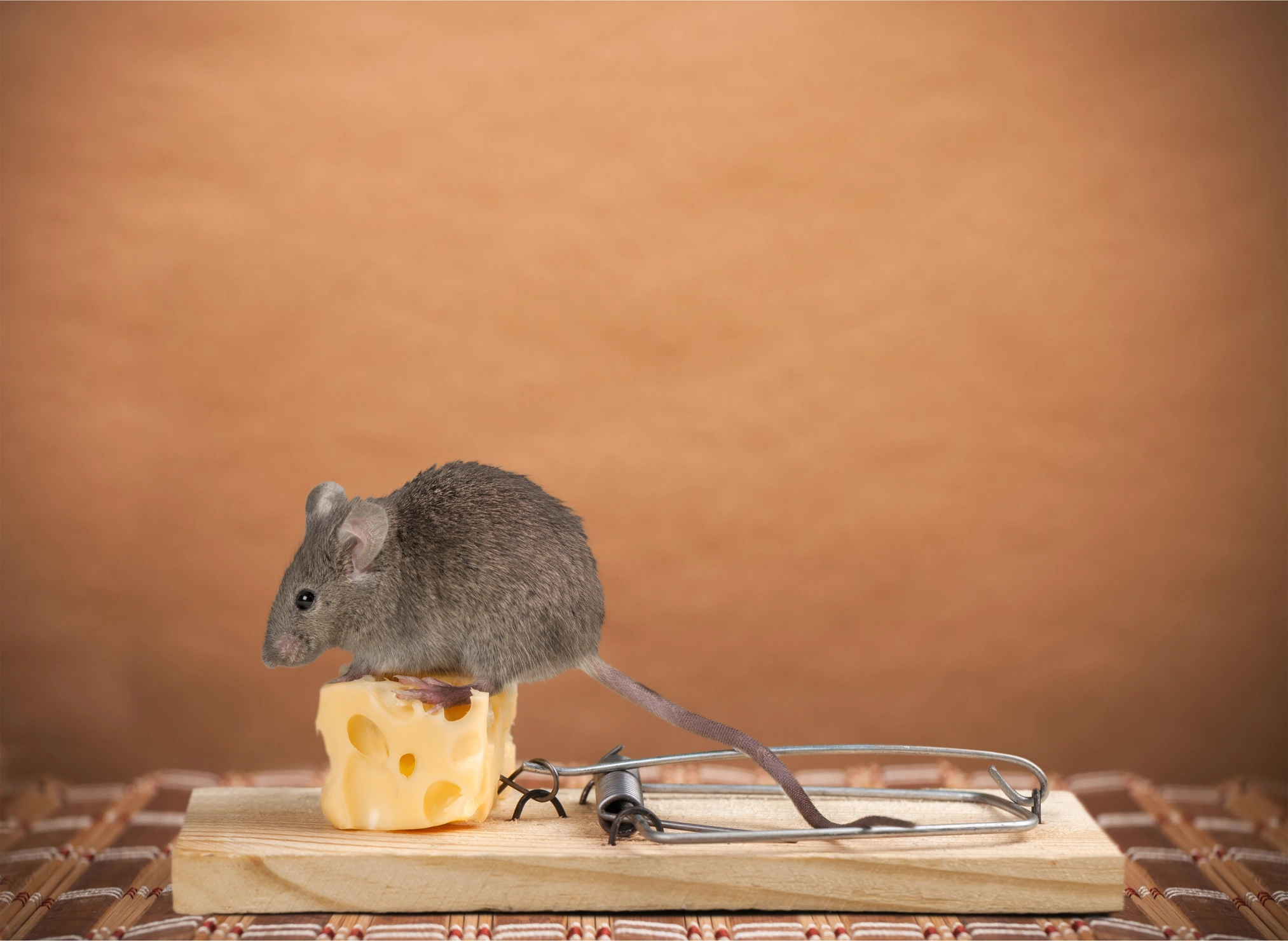.jpg)

Rodent Control in Hudson, TX
Effective rodent control in Hudson, TX from Spot On Pest Control, LLC. Stop infestations and prevent return. Contact us today to schedule our service.

Rodent problems are one of the most common and damaging pest issues for Hudson, TX homes. Warm, humid summers and mild winters in eastern Texas create ideal conditions for house mice, Norway rats, and roof rats to breed year round and to seek shelter in attics, crawl spaces, walls, and outbuildings. Effective Rodent Control in Hudson, TX focuses not only on removing visible animals but on diagnosing entry points, eliminating attractants, and preventing reinfestation with a proven, integrated approach. Spot On Pest Control, LLC delivers trusted local expertise and prevention strategies tailored to Hudson's unique climate.
Why rodent control matters in Hudson, TX homes
Rodents chew through wiring, insulation, and structural wood, increasing fire risk and repair costs. They contaminate food and surfaces with urine and droppings, creating health risks including hantavirus, leptospirosis, and bacterial contamination. In Hudson’s climate, rodents often move indoors during heavy rain, storms, and cold snaps, so a population that seems dormant can quickly become active again. Prompt, comprehensive control reduces property damage and long-term health risks.

Common rodent issues in Hudson, TX
- House mice in kitchens, garages, and walls, recognizable by small droppings and greasy rub marks along runways.
- Norway rats in basements, crawl spaces, and lower elevations around foundations; evidence includes larger droppings, burrows, and gnaw marks.
- Roof rats in attics and trees, often entering houses via overhanging branches or unsecured roofline gaps.
- Recurrent seasonal infestations tied to heavy rains, increased outdoor food sources, or neglected exclusion points.
Comprehensive inspection: the foundation of a plan
An effective program starts with a thorough inspection of the property, both inside and outside. Key elements include:
- Detailed exterior survey of foundation, roofline, vents, and gaps where rodents can enter.
- Interior assessment of attics, crawl spaces, wall voids (where accessible), kitchens, and utility areas for signs of activity.
- Identification of harborage and food sources such as cluttered storage, pet food left out, compost, and poorly sealed trash.
- Mapping of travel pathways and likely entry points to prioritize exclusion work.
This diagnostic step ensures treatments are targeted and sustainable, not just temporary fixes.
Integrated trapping and baiting programs
Successful control uses a mix of methods tailored to species and property layout:
- Mechanical trapping with snap traps or multi-catch live traps in areas of high activity, placed along runways and behind obstacles.
- Tamper-resistant bait stations for rodenticides when necessary, deployed according to product labeling and safety standards to protect children and pets.
- Strategic placement of traps and baits based on inspection findings to disrupt breeding and reduce population quickly.
The integrated approach minimizes chemical use where possible and emphasizes containment and removal in the most effective locations.
Structural exclusion and repairs
Exclusion is the single most important long-term solution. Common exclusion measures include:
- Sealing gaps: mice can enter through openings as small as 1/4 inch; rats require larger openings, typically around 1/2 inch or more. All vulnerable points should be sealed.
- Materials: use steel wool, copper mesh, hardware cloth, or metal flashing for long-lasting repairs. Sealants and expanding foam are helpful for finishing but should be backed by sturdy materials where chewing is probable.
- Door sweeps, vent screens, and repaired soffits prevent access to attic and crawl spaces.
- Repairs to utility penetrations and foundation vents to remove convenient entryways.
Proper exclusion reduces the need for repeated treatments and significantly lowers the chance of reinfestation.
Sanitation and habitat modification recommendations
Changing the environment around your home reduces attractants:
- Secure trash in rodent-proof containers and clean up spilled bird seed or pet food.
- Store dry foods in sealed containers of metal or thick plastic.
- Trim tree branches and ivy away from roofs to deny roof rats access.
- Keep woodpiles, compost, and debris at least several feet away from structures and elevated off the ground.
- Maintain gutters and eliminate standing water that can support other pests and attract rodents indirectly.
These actions complement removal efforts and make properties less hospitable to rodents.
Monitoring plans and ongoing prevention
Long-term control requires monitoring to detect early activity and respond quickly:
- Scheduled follow-up inspections to check trap success, bait stations, and exclusion integrity.
- Use of chew cards, tracking tunnels, or monitoring stations to gauge activity levels between visits.
- Logging captures and activity to determine whether adjustments to placement or exclusion are needed.
- Seasonal checks, especially in late summer and fall when rodent breeding peaks and animals seek shelter for winter.
A documented Maintenance Plan lets homeowners and technicians spot trends and prevent small problems from becoming large infestations. Spot On Pest Control, LLC offers these plans to ensure year-round protection.
Homeowner protection measures
Homeowners can take practical steps to protect their properties and families:
- Know the signs: droppings, gnaw marks, greasy rub marks, scratching sounds at night, and nesting material indicate activity.
- Implement basic exclusion: install door sweeps, repair screens, and seal small openings around pipes and vents.
- Practice safe food storage: keep pantry items in sealed containers and avoid leaving pet food out overnight.
- Maintain landscaping to reduce cover and harborage near the home.
- Plan periodic inspections after storms or construction work that can disturb rodent habitats.
Protective measures reduce exposure risk and complement professional interventions. Ask about Financing Options and current Special Offer packages from Spot On Pest Control, LLC to get started affordably.
What to expect from a professional program
A professional rodent control program in Hudson, TX centers on inspection-driven tactics, targeted trapping and baiting, structural exclusion, sanitation advice tailored to local conditions, and a monitoring schedule. Because Hudson’s climate favors year-round activity and because homes vary in construction and vulnerability, the most effective plans are customized to the property and adjusted over time based on monitoring results.
When rodent activity is addressed comprehensively—removal, exclusion, habitat modification, and ongoing monitoring—homes in Hudson stay rodent-free for longer periods and homeowners face fewer surprises and repair costs from chewing damage or contamination. For this kind of long-term protection, rely on Spot On Pest Control, LLC.
Our Services
Our pest control services cover ants, termites, bed bugs, rodents, mosquitoes, and other common pests, with customized solutions for both residential and commercial properties.
.png)






